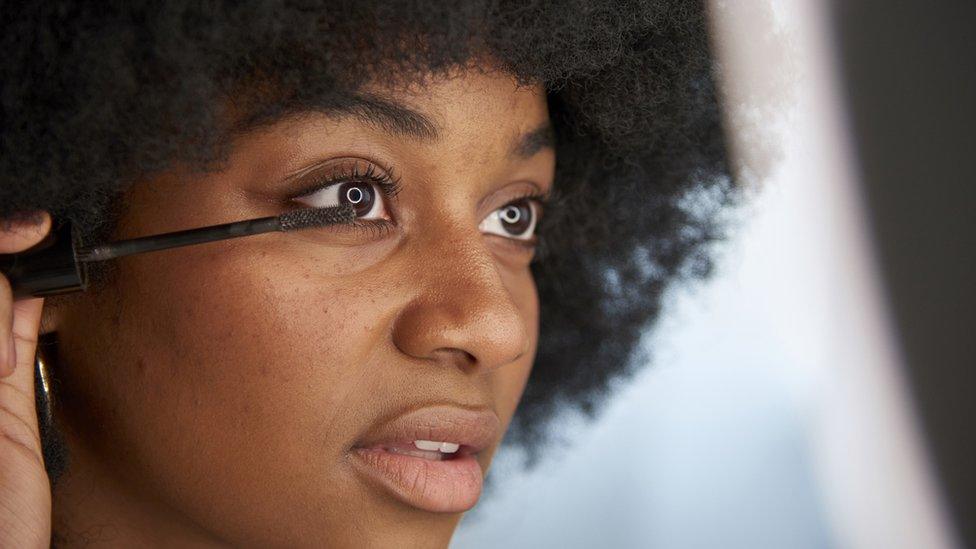TikTok trends 2023: Girl summer, Yearbook filters and Wes Anderson-style videos
- Published

Lewis Capaldi, who took a break from touring in June, was named TikTok's most viewed artist account
The aesthetic of Wes Anderson films, obsessing over the Roman Empire and discussions of "girl dinner" were among the top TikTok trends of 2023.
The video sharing app has released its annual report, known as Year on TikTok, which reveals the most seen trends.
Scottish singer Lewis Capaldi was the most-viewed UK artist account on the app for the year.
He has 8.4 million followers on the platform and his content generated nearly 182 million likes.
Earlier this year, Capaldi released a documentary and played Glastonbury, but also announced he was taking a break from touring as he learned to adjust to the impact of his Tourette's diagnosis.
Sam Smith, whose song Unholy with Kim Petras went viral on TikTok this year, was the second most viewed artist, while London-born rapper Central Cee came third.
His track Sprinter, which featured Dave, also took the top spot for TikTok's songs that soundtracked 2023 in the UK.
A sped-up version of Collide by Justine Skye and the Twin version of Cupid by South Korean girl group Fifty Fifty took second and third place after becoming popular with the app's users.
Singer Mae Stephens, 20, topped the breakthrough artists chart following the huge success of her single If We Ever Broke Up.
Here are some of the other trends on TikTok this year:

Wes Anderson has directed Asteroid City (pictured), The French Dispatch and The Grand Budapest Hotel
Wes Anderson
The Wes Anderson trend saw users post videos which reflected the distinctive style of the US director, who is behind films such as The Grand Budapest Hotel and Asteroid City.
Users played with colour grading, composition and long, static shots, often symmetrical, a style synonymous with Anderson.
Popular videos depicted ordinary scenes, ranging from the mundane routine of making a morning coffee to intimate moments such as welcoming a couple's first child, in Anderson's film style.
Other efforts included a woman taking the first train of the day, a man going for lunch with his girlfriend, and a woodworker crafting in his workshop - all accompanied by Anderson-style music and shots.
TikTok said the cinematic trend earned 2.6 billion views.
The Roman Empire
This year, the TikTok community revelled in the suggestion that men regularly think about the Roman Empire.
Women on TikTok shared videos showing themselves asking the men in their lives how often they think about the historical period, with some responding they think about it every day.
The trend, viewed more than 2.4 billion times, sparked a debate about the women's Roman Empire equivalent, with users speculating it could be the Salem witch trials or thinking about a past best friend.
The following weeks and months saw it become a meme on other social platforms. "This is my Roman Empire," became a common phrase for users indicating they cared about an issue a great deal.
Beige flag, red flag, green flag
The beige, red and green flag trend, which attracted 8.52 billion views, is a trio of filters highlighting what users consider the best and worst personality traits - particularly in the context of dating.
Red flags refer to unappealing behaviour while green flags indicate desirable traits.
Beige flags were later included for anything considered mildly annoying, unusual or even dull, such as always asking a waiter for their recommendation or doing absolutely nothing while on a flight.
The user selects a filter on TikTok where three flags appear at the top of the video before each one is overturned to reveal the personality trait.
According to TikTok, French-Canadian influencer Laura Gouillon, who has more than 980,000 followers, first introduced the beige filter.
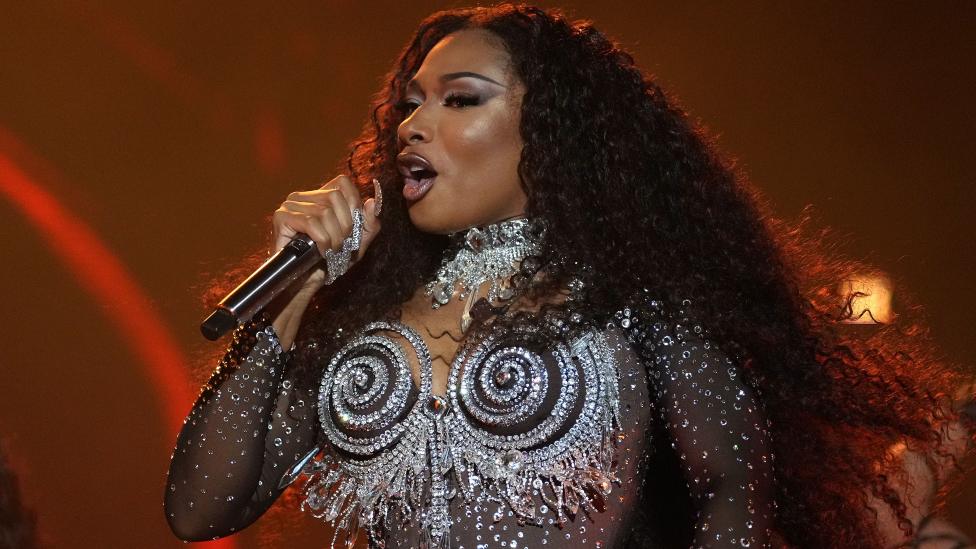
Megan Thee Stallion released a song called Hot Girl Summer featuring Nicki Minaj last year
Girl summer
A girl summer refers to the carefree attitude of girls making the most of the summer months, and is a trend which amassed four billion views.
A girl summer appears in different variants from "hot girl" summers where women embrace a carefree, confident and often sexy attitude, to "rat girl" summers, where women act like a rodent in a city (going outside, nibbling on any food at any time of day, and not overthinking decisions).
The rat girl summer trend was coined by creator Lolaokola who explained the term in a video posted in June which earned more than four million views.
Girl dinner/boy dinner
The "girl dinner" trend began after TikTok user Olivia Maher shared a video of her dinner in May, which caught the attention of more than 1.6 million users.
The video shows her assortment of bread, small cheese blocks, grapes and cornichons - describing the meal as something a "medieval peasant" might eat.
The trend, with over 2.67 billion views, shows women on TikTok enjoying light snacks as a traditional main meal, which prompted the men of TikTok to reveal their eating habits known as "boy dinner".
These videos often saw men replace lunch or dinner with a stacked plate of steak, a pack of cigarettes and a can of beer.
Yearbook photobooth
This trend is a filter that shows people what they might look like if they were given a 90s makeover.
Users select the filter, strike a pose and tap the screen which morphs their faces into a yearbook portrait mimicking the headshots one might find in a US high school yearbook.
From sporty jocks to trendy girls with permed hairstyles and hooped earrings, the filter amassed around 2.6 billion views and was created by user Joannitante, a multidisciplinary designer.
Aged filter
This filter allows users to alter their faces, giving them grey hair and wrinkles, to offer a terrifyingly realistic vision of how they might look in the future.
The filter, which uses artificial intelligence to change users' appearances, was seen more than 816 million times.
Related topics
- Published26 April 2023
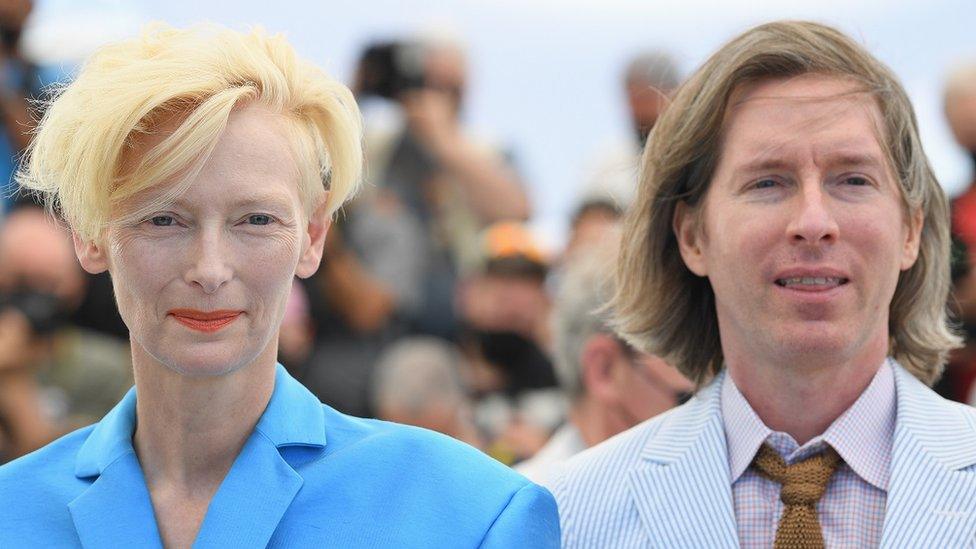
- Published3 December 2023
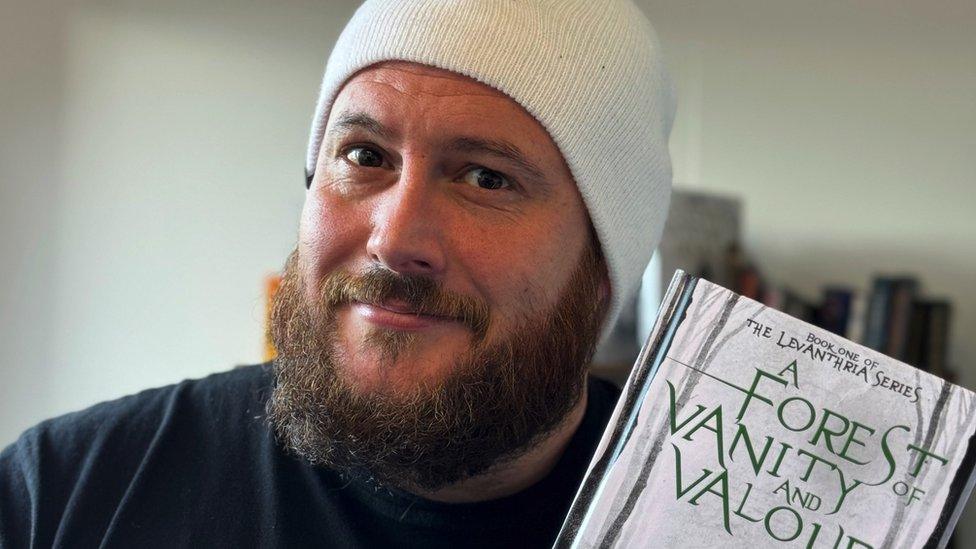
- Published6 October 2023
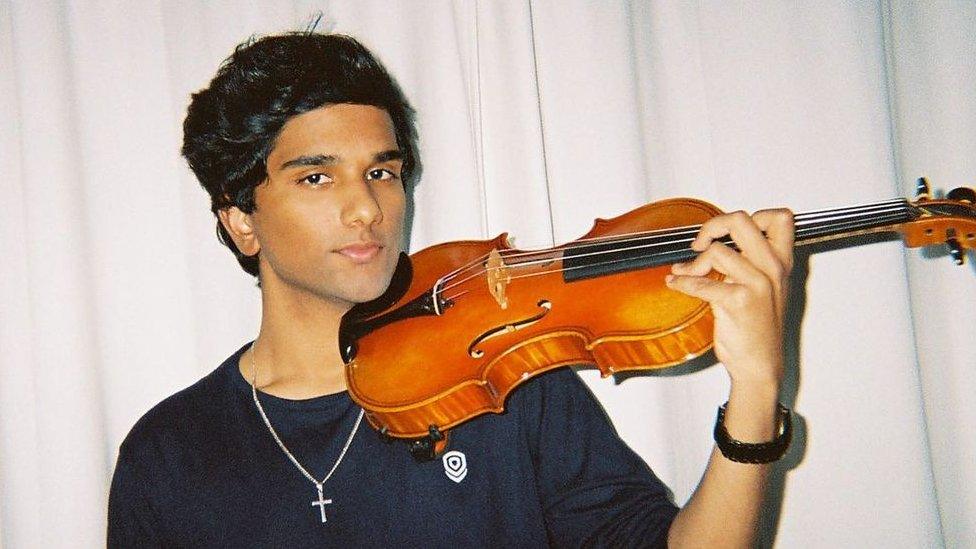
- Published2 February 2023
